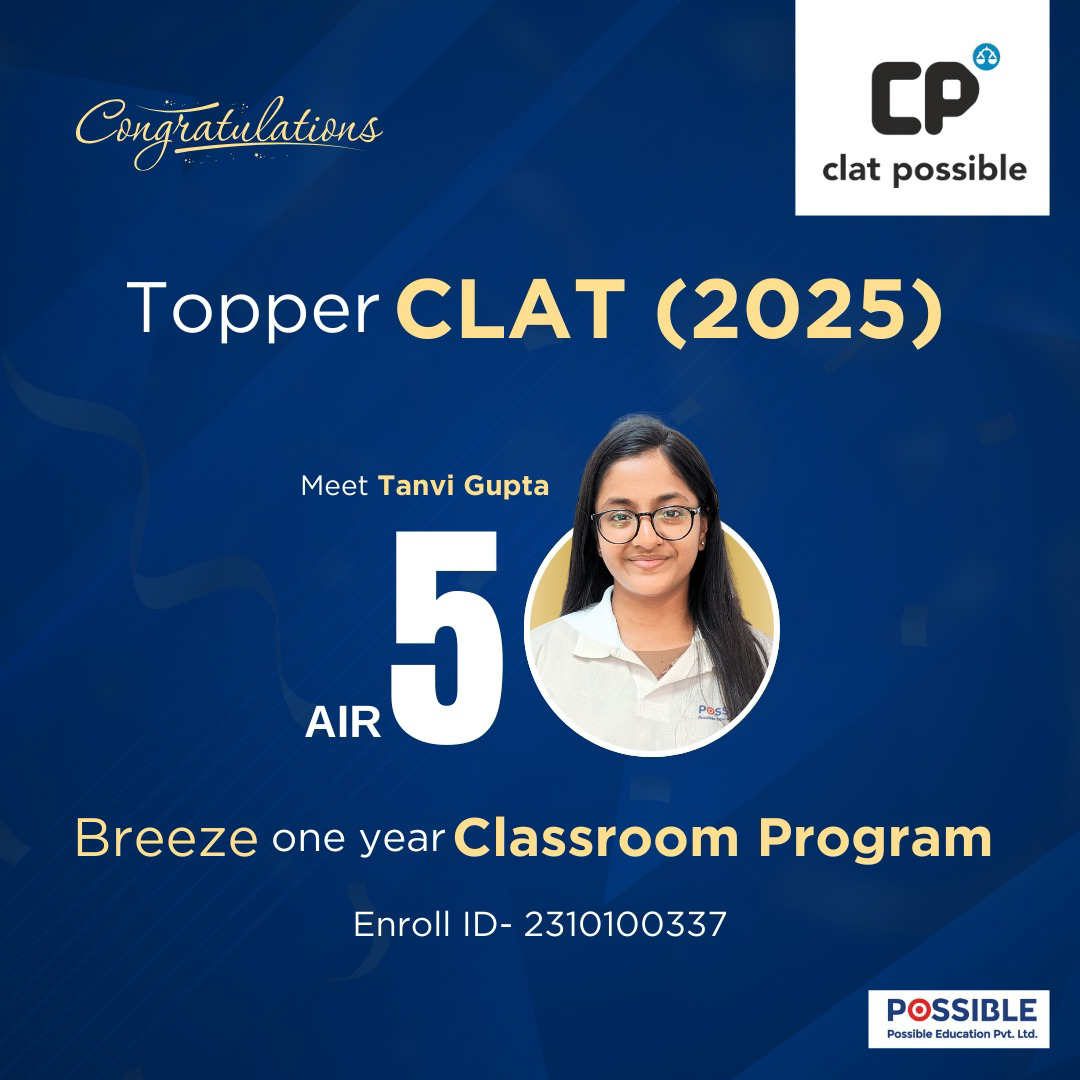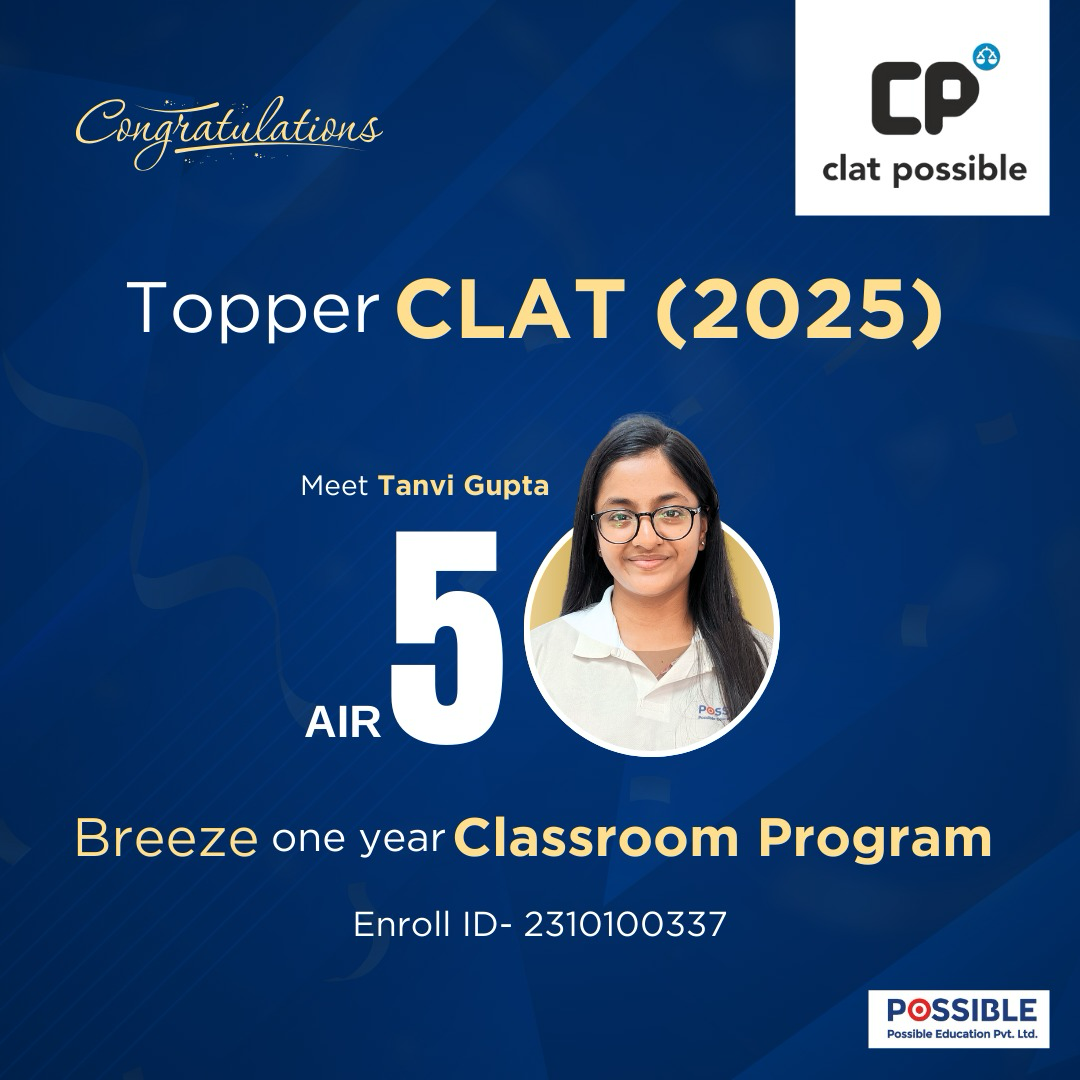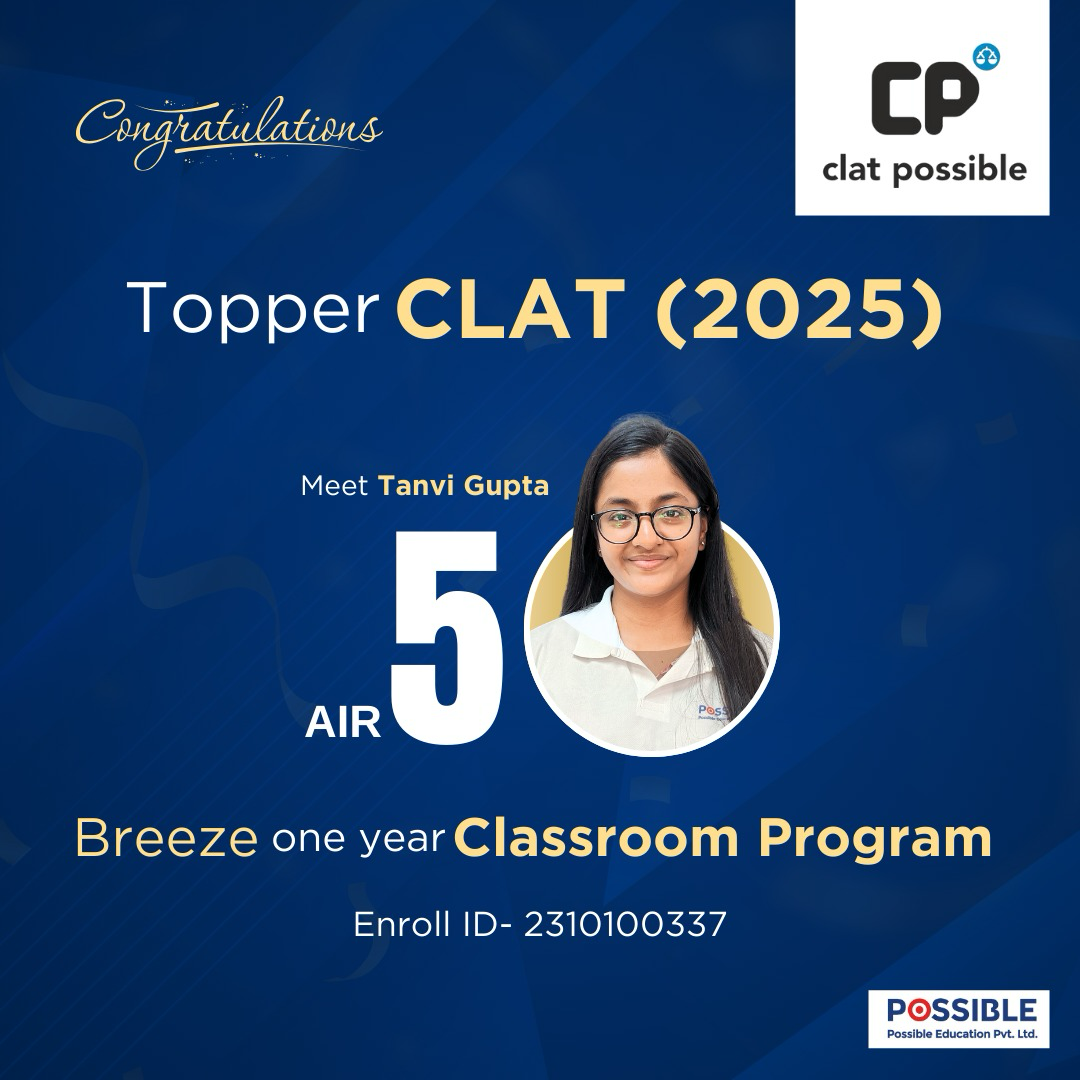The AILET 2025 exam is an important step for students aiming to enter law schools in India. This article provides a detailed analysis of the exam, including its structure, challenges, and strategies for success. Understanding the exam format and preparing accordingly can greatly enhance a candidate’s chances of performing well. Here, we will break down the key aspects of AILET 2025 to help aspirants navigate their preparation effectively.
Key Takeaways
- The AILET 2025 exam consists of 150 multiple-choice questions divided into three sections.
- Candidates have a total of 120 minutes to complete the exam, making time management essential.
- The English Language section focuses more on grammar and vocabulary than on passage-based questions.
- General Knowledge & Current Affairs is the toughest section, requiring candidates to stay updated on current events.
- Logical Reasoning requires analytical skills and is time-consuming but manageable with practice.
AILET 2025 Exam Overview
AILET 2025 Exam question Paper [link]
AILET 2025 Exam Answer Key[link]
Exam Structure and Format
Alright, so let’s dive into what the AILET 2025 exam looks like. The exam’s got a pretty straightforward structure. It’s divided into different sections, each focusing on a specific area like English, General Knowledge, and Logical Reasoning. Each section is designed to test different skills, so you gotta be ready for a bit of everything. The questions are mostly multiple-choice, which is kinda nice because you can at least guess if you’re stuck. But don’t just wing it; knowing the format helps you plan your study time better.
Duration and Timing
Time is of the essence here, folks. The whole exam runs for about 90 minutes. You might think that’s a lot, but trust me, it flies by. You gotta manage your time well across the sections. It’s like a race against the clock, so practicing with a timer can really help. Make sure you’re not spending too long on any one question. Keep it moving!
Overall Difficulty Level
Now, let’s talk about how tough this thing is. The AILET 2025 isn’t a walk in the park. It’s challenging, sure, but not impossible. The difficulty can vary from one section to another. Some folks find the Logical Reasoning part a bit tricky, while others might struggle with the English section. It’s all about playing to your strengths and shoring up your weaknesses. Remember, practice makes perfect. Get familiar with the types of questions you’ll face and you’ll be in a good spot to tackle whatever comes your way.
The key is to stay calm and focused. Even when the questions seem tough, keep your cool and think through them logically. You’ve got this!
Section-wise Analysis of AILET 2025
English Language Insights
Alright, so the English section was kinda straightforward. It had the usual suspects like comprehension passages, grammar, and vocabulary. You might’ve found this part a bit easier if you’ve been reading regularly. The passages were clear, and the questions were direct, which was nice. If you practiced with mock tests, you probably felt at home.
General Knowledge & Current Affairs Challenges
This section was a bit of a mixed bag. Some questions were from recent events, while others dug into past happenings. If you’re one of those people who keeps up with the news, this might’ve been your jam. But, yeah, it was tricky for folks who don’t follow current events closely. A good tip? Stay updated with daily news to ace this part.
Logical Reasoning Breakdown
Now, the logical reasoning section was where things got a bit dicey. It tested your ability to think on your feet with puzzles, sequences, and patterns. Some folks found it tough, especially if they hadn’t practiced enough. But if you did your homework and tackled a bunch of practice papers, you probably managed just fine. Remember, practice makes perfect here!
Honestly, if you found the logical reasoning rough, you’re not alone. Many test-takers felt the heat, but it’s all about getting familiar with those question types.
Time Management Strategies for AILET 2025
Allocating Time per Section
When you’re staring at that clock during AILET, knowing how much time to spend on each section can make a huge difference. Start by splitting your time based on the number of questions in each section. Focus more on sections where you feel less confident, but don’t ignore the others. Here’s a quick way to think about it:
- English Language: 25%
- General Knowledge: 20%
- Logical Reasoning: 30%
- Review & Buffer: 25%
This breakdown gives you a rough idea, but tweak it to fit your strengths and weaknesses.
Balancing Speed and Accuracy
Speed is great, but if you’re rushing and making mistakes, it won’t help. Practice makes perfect, so get used to working under timed conditions. Aim for a balance where you’re quick but also accurate. Try this:
- Practice with a timer.
- Focus on accuracy first, then speed up gradually.
- Review your mistakes to avoid them next time.
Effective Time-saving Tips
Every second counts in AILET. Here are some tips to save time:
- Skip tough questions and come back if you have time.
- Use the process of elimination for multiple-choice questions.
- Read questions carefully to avoid silly mistakes.
“Managing your time well is like having a secret weapon in the exam. It can turn the odds in your favor, even if the questions are tough.”
With these strategies, you’ll be better prepared to tackle the AILET 2025 exam with confidence. Remember, it’s not just about working hard, but working smart too.
Expected Cut-offs for AILET 2025

General Category Predictions
Alright, so let’s get into the nitty-gritty. The expected cut-offs for the AILET 2025 exam are something every law aspirant’s got their eyes on. For the general category, you might be looking at scores above 90 to secure a spot in top law schools. This is because the competition’s fierce and the number of applicants keeps climbing. So, if you’re aiming high, you gotta score higher.
Reserved Categories Insights
Now, for those in reserved categories, the cut-off scores tend to be a bit more forgiving, but don’t get too comfy. You still need to put in the effort because the gaps aren’t as wide as you might think. Generally, scores for these categories might hover around the 80-85 mark. Keep in mind, these are just predictions and can vary.
Factors Influencing Cut-offs
Several things can mess with these numbers. Firstly, the number of seats available at the National Law Universities (NLUs) plays a big role. More seats might mean slightly lower cut-offs. Then there’s the difficulty level of the exam. If the test’s a bit easier, expect the cut-offs to rise. Lastly, the total number of applicants affects everything. More people trying to get in usually means tougher competition.
Pro Tip: Keep an eye on trends from previous years to get a better idea of what to expect. This way, you can adjust your preparation strategy and aim for a score that gives you the best shot at your dream school.
Key Recommendations for AILET 2025 Aspirants
Enhancing Logical Reasoning Skills
So, you’re taking AILET 2025, huh? Well, getting your logical reasoning game strong is kinda a big deal. Logical reasoning is like the backbone of the test. Here’s a quick list to help you out:
- Practice daily: Make it a habit to solve puzzles and logical questions every day.
- Understand the basics: Get a grip on the fundamentals before diving into complex problems.
- Mock tests: Regularly take mock tests to get used to the exam pattern and time limits.
Staying Updated with Current Affairs
You gotta stay in the loop with what’s happening around the world. Current affairs can be a game-changer in AILET. Here’s how you can keep up:
- Read newspapers: Make it a daily routine to read newspapers or online news portals.
- Monthly magazines: Subscribe to monthly magazines focused on current events.
- Online resources: Use apps or websites that offer daily news updates.
Improving Time Management Abilities
Time can slip away real fast during the exam. Balancing speed and accuracy is key. Here’s a simple plan:
- Set time limits: When practicing, set a timer to mimic real exam conditions.
- Prioritize sections: Focus on sections where you can score the most.
- Review regularly: After practice sessions, review what took the most time and find ways to improve.
“Balancing speed and accuracy is the name of the game. It’s not just about how fast you can answer, but how accurately you do so under pressure.”
By following these tips, you’ll be in a better spot to tackle the exam. Remember, consistency is your friend here. Keep at it, and you’ll see improvements.
Comparison with Previous AILET Exams
Changes in Exam Pattern
Over the years, AILET has seen some shifts in its exam pattern. In the past, the exam typically focused on sections like English, General Knowledge, and Legal Aptitude. But recently, there’s been a noticeable tweak. Logical Reasoning has gained more emphasis, reflecting a change in what skills are being prioritized. So, if you’re prepping for AILET 2025, it’s smart to pay attention to this section.
Difficulty Level Trends
When it comes to difficulty, AILET has always kept students on their toes. Some years, the questions are straightforward, while other times, they’re a bit more challenging. It’s important to note that the overall difficulty has remained fairly consistent, with a few spikes here and there. Preparing for a range of question types is always a good strategy.
Section-wise Variations
Each section of the AILET exam can vary quite a bit from year to year. For instance:
- English Language: Sometimes, it’s all about vocabulary, while other years, comprehension passages take the spotlight.
- General Knowledge: This section can swing between static GK and current affairs, so staying updated is key.
- Logical Reasoning: As mentioned, this section has become more significant, demanding sharper analytical skills.
Preparing for AILET means being ready for anything. The exam might throw a curveball, but with the right prep, you’ll be ready to tackle it head-on. Focus on understanding concepts rather than rote learning, and you’ll be in good shape.
AILET 2025 Answer Key Release
How to Access the Answer Key
So, you’re waiting for the AILET 2025 answer key, huh? It’s like the treasure map to your future. Once it drops, you can grab it from the official website. Just log in with your credentials and there you go! It’s as simple as logging into your favorite social media account. Keep your eyes peeled because this key will give you a sneak peek into how you did.
Steps to Challenge the Answer Key
Found something fishy in the answer key? Don’t worry, you can challenge it. Here’s how:
- Check the official website for the challenge window dates.
- Log in and find the ‘Challenge Answer Key’ section.
- Select the question number and submit your claim with a valid reason.
Remember, there might be a fee, so have your payment method ready.
Understanding the Answer Key Format
The answer key usually comes in a straightforward format. You’ll see question numbers on one side and the correct answers on the other. Think of it like a cheat sheet, but totally legit. It’s essential to cross-check each answer to see where you stand.
Knowing how to use the answer key effectively can really boost your confidence and help you prepare better for future exams.
This whole process is like a dress rehearsal for the actual results. Get it right, and you’ll know exactly what to expect when the final scores are out. Good luck!
Insights from AILET 2025 Toppers
Getting ready for AILET 2025 is like prepping for a marathon. You gotta start early and keep at it. The toppers say a mix of consistent study and taking breaks works wonders. They hit the books regularly but also know when to chill. Finding a balance is key.
Time Management Techniques
Managing your time is super important. Toppers often break their study time into chunks, like 45 minutes of focus followed by a 15-minute break. This keeps them fresh and on point. They also make sure to prioritize tough subjects first thing in the morning when their brains are sharpest.
Overcoming Exam Challenges
Exams can be a real pain, but toppers don’t let that get them down. They tackle challenges head-on by practicing mock tests. This not only helps them get a feel for the exam pattern but also boosts their confidence. They say it’s all about staying calm and collected, even when things get tricky.
Embrace the grind, but don’t forget to take a breather. Toppers have shown that a relaxed mind is a productive one. They remind us that setbacks are just setups for comebacks. So, keep pushing, but remember to be kind to yourself.
Resources for AILET 2025 Preparation
Getting the right books is like picking the best tools for a job. Here’s a quick list to get you started:
- “Word Power Made Easy” by Norman Lewis: A classic for building vocabulary, not just for AILET but for life.
- “Analytical Reasoning” by M.K. Pandey: Great for sharpening those reasoning skills.
- “Manorama Year Book”: Keeps you in the loop with current affairs and general knowledge.
Learning online is super handy, especially when you’re juggling other stuff. Here are a few to check out:
- Unacademy: Offers a bunch of courses tailored for law entrance exams.
- Byju’s: Known for interactive video lessons that make learning less of a chore.
- “Toprankers”: They have mock tests and live classes.
Practicing with mock tests is like a dress rehearsal for the big day. It helps you get the timing right and figure out what you’re good at and what needs work. Try these:
- AILET Previous Year Papers: Nothing beats practicing with the real deal.
- “Testbook”: Offers a range of mock tests that simulate the actual exam.
- “Career Launcher”: Known for their comprehensive test series.
“The more you practice, the better you’ll get at managing time and stress during the actual exam.”
Common Mistakes to Avoid in AILET 2025

Mismanagement of Time
Time is your biggest enemy during exams. Many students end up spending too much time on a single question or section. It’s like trying to solve a puzzle with a missing piece. You have to move on and come back if there’s time left. Make sure you have a watch or a timer handy to keep track of how much time you’re spending on each section.
Neglecting Current Affairs
Ignoring current events is like skipping the news before a big debate. The General Knowledge section is not just about history and static facts. It’s about what’s happening around the world. Keep up with the news, maybe subscribe to a daily digest or follow a news app. This way, you’re not caught off guard by questions on recent events.
Overlooking Logical Reasoning
Logical reasoning might seem straightforward, but it’s not something you can cram for the night before. It’s like training a muscle; you need regular practice to improve. Don’t underestimate its importance. Work on puzzles, practice questions, and try out different problem-solving strategies. This will help you think on your feet during the exam.
Remember, avoiding these common pitfalls can significantly boost your chances of success in AILET 2025. Stay prepared, stay informed, and keep practicing!
When preparing for AILET 2025, it’s important to steer clear of common pitfalls that can hinder your success. Many students overlook the significance of time management and fail to practice with mock tests. Don’t let these mistakes hold you back! For more tips and resources to ace your exam, visit our website today!
Conclusion
In summary, the AILET 2025 exam has shown a balanced mix of challenges and opportunities for aspiring law students. With 150 multiple-choice questions spread across three sections, the exam’s structure is designed to test a range of skills. While the English Language section was relatively easier, the General Knowledge and Current Affairs section proved to be the toughest, requiring candidates to stay updated on recent events. Time management played a crucial role, especially in the Logical Reasoning section, which demanded careful planning. As students prepare for future exams, focusing on logical reasoning practice, keeping up with current affairs, and honing time management skills will be essential. By understanding the exam’s patterns and preparing accordingly, candidates can enhance their chances of success in this competitive field.
Frequently Asked Questions
What is the AILET exam?
The AILET exam is a test for students who want to get into law schools in India. It helps colleges decide who gets in.
How many questions are on the AILET exam?
There are 150 multiple-choice questions on the AILET exam.
What subjects are covered in the AILET exam?
The exam has questions from English, General Knowledge, Current Affairs, and Logical Reasoning.
How long do I have to complete the AILET exam?
You have 120 minutes, or 2 hours, to finish the AILET exam.
What are the expected cut-off scores for AILET 2025?
For the general category, the cut-off is expected to be around 105-106 marks. For reserved categories, it may be between 55-80 marks.
Can I challenge the answers in the AILET answer key?
Yes, if you think there is a mistake in the answer key, you can challenge it by following the provided steps.
What should I study for the AILET exam?
Focus on improving your logical reasoning, stay updated on current events, and practice your time management skills.
Where can I find resources for AILET preparation?
You can find books, online courses, and practice tests to help you prepare for the AILET exam.


























